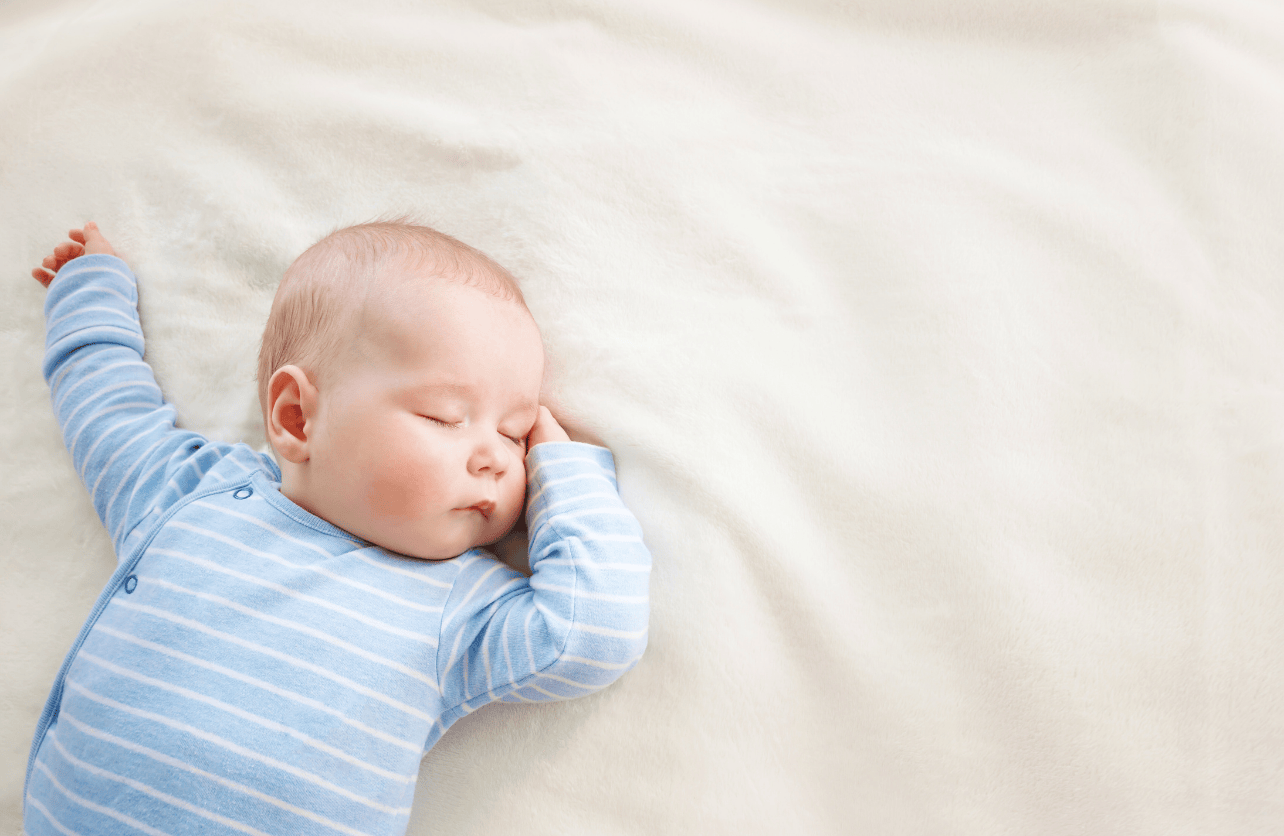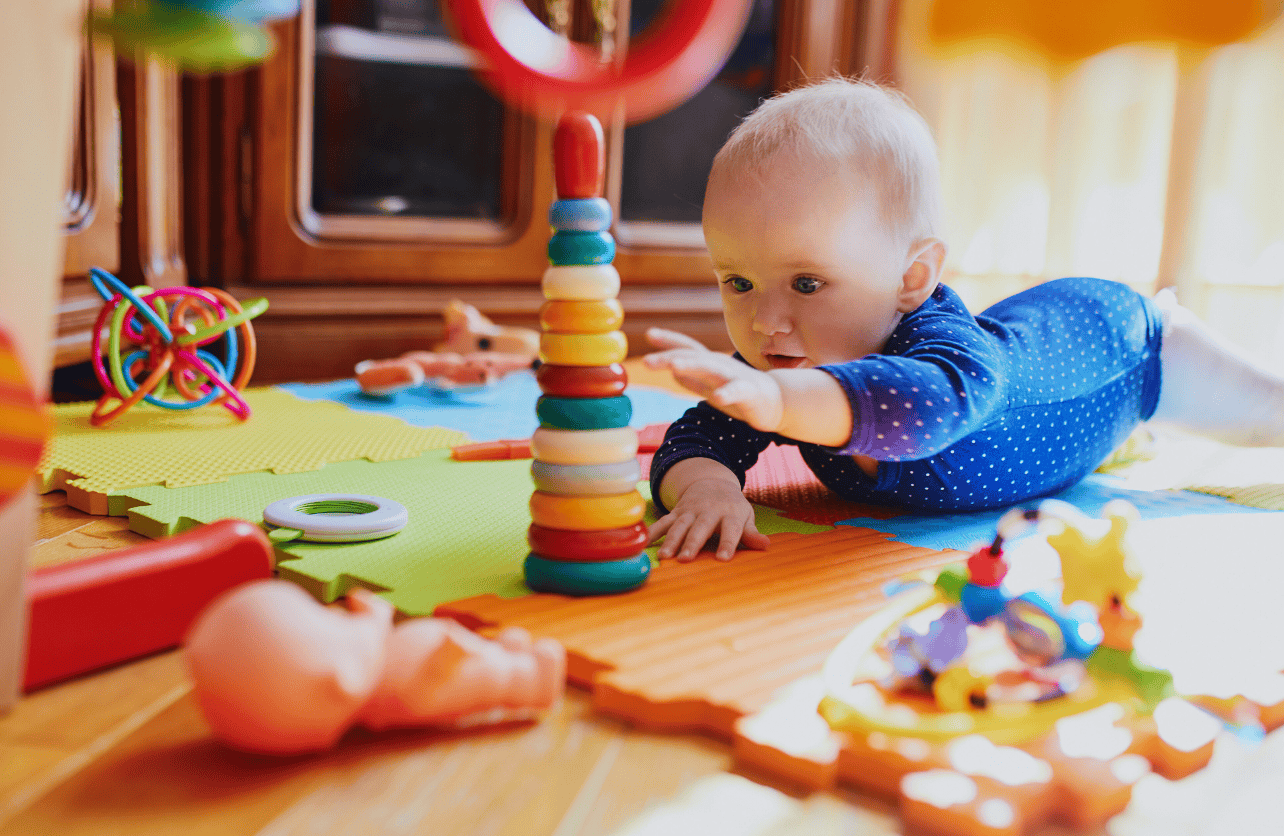When Do Babies Start Dreaming, and What Do They Dream About?

Dreams have long fascinated humans, serving as windows into our subconscious minds. But what about our tiniest family members? Do babies dream, and if so, when do they start? Understanding infant dreaming can provide insights into their cognitive and emotional development. In this article, we’ll explore when babies start dreaming and what they might dream about, shedding light on this intriguing aspect of early childhood.
Do Babies Dream?
Yes, babies do dream. Although they can’t articulate their experiences, scientific research suggests that infants experience dreaming during their sleep cycles. Dreams play a crucial role in brain development, helping to process sensory information and emotions.
When Do Babies Start Dreaming?
Newborns and REM Sleep
From birth, babies spend a significant portion of their sleep in the Rapid Eye Movement (REM) phase, which is closely associated with dreaming in adults. In fact, newborns spend about 50% of their sleep time in REM, compared to 20-25% in adults. This high percentage indicates that dreaming is likely a fundamental part of early brain development.
Developmental Milestones
- First Few Months: During the first few months, babies cycle between REM and non-REM sleep more frequently than older children and adults. This pattern supports the rapid growth and development of their brains.
- By 6 Months: As infants grow, the proportion of REM sleep decreases, aligning more closely with adult patterns. However, REM sleep remains an essential component of their overall sleep architecture.
Signs That Babies Dream

While we can’t ask babies about their dreams, certain behaviors during sleep suggest dreaming:
- Movements: Twitches, limb movements, and facial expressions during REM sleep may indicate dream activity.
- Crying or Smiling: Emotional responses like crying or smiling during sleep can be signs of dreaming.
What Do Babies Dream About?
Limited Cognitive Development
Babies’ dreams are likely very different from adult dreams due to their limited cognitive abilities and life experiences. Instead of complex narratives, infant dreams may consist of:
- Sensory Experiences: Babies are constantly processing new sights, sounds, and sensations. Dreams might reflect these sensory inputs, such as the feel of a soft blanket or the sound of a caregiver’s voice.
- Emotional Processing: Even at a young age, babies experience emotions. Dreams may help them process feelings like comfort, fear, or excitement.
Theories on Infant Dream Content
- Replaying Daily Experiences: Babies spend their days learning and exploring. Dreams might serve to reinforce these experiences, aiding in memory consolidation and skill development.
- Imaginary Play: Although babies don’t engage in pretend play like older children, their dreams might involve simple forms of imagination, such as interacting with familiar people or objects.
- Emotional Integration: Dreams could help babies integrate emotional experiences, providing a safe space to process stress or anxiety.
Scientific Insights
Research on infant sleep patterns and brain activity provides indirect evidence of dreaming:
- Brain Activity: Studies using electroencephalograms (EEGs) show that infants’ brains exhibit patterns during REM sleep similar to those seen in dreaming adults.
- Sleep Studies: Observations of movement and emotional responses during sleep support the idea that babies experience dream-like states.
The Role of Dreams in Development

Cognitive Development
Dreaming may play a role in cognitive development by:
- Memory Consolidation: Processing and storing new information learned during waking hours.
- Problem-Solving: Even though it’s rudimentary, dreaming might help infants work through challenges encountered in their environment.
Emotional Development
Dreams can assist in emotional regulation by:
- Processing Emotions: Helping babies understand and cope with feelings experienced throughout the day.
- Building Security: Dreams may reinforce positive experiences, contributing to a sense of safety and well-being.
Supporting Healthy Sleep and Dreaming in Babies

Establish a Consistent Sleep Routine
Creating a regular sleep schedule helps regulate your baby’s sleep cycles, promoting restful sleep and healthy dreaming.
Create a Comfortable Sleep Environment
Ensure your baby’s sleep area is safe, quiet, and comfortable. Proper bedding, appropriate room temperature, and minimal noise can enhance sleep quality.
Encourage Day-Night Differentiation
Expose your baby to natural light during the day and keep the environment dim at night. This helps regulate their internal clock, leading to better sleep patterns and more consistent dreaming.
Monitor for Sleep Disorders
Be aware of signs that may indicate sleep disturbances, such as excessive crying during sleep, difficulty falling asleep, or irregular sleep patterns. Consult a pediatrician if you have concerns about your baby’s sleep quality.
Wrapping Up
- Babies Do Dream: From birth, during REM sleep.
- When: Primarily in the first few months; REM sleep decreases with age.
- What They Dream About: Sensory experiences, emotions, daily interactions.
- Benefits: Aids cognitive and emotional development.
- Support Healthy Sleep: Consistent routines, comfortable environment, day-night differentiation.
Why Trust Us?
You can trust My Family Life to provide practical tips and product recommendations that genuinely prioritize your family's best interests. As parents ourselves, our mission is to create a supportive community where you feel empowered and informed, knowing that we genuinely care about making your parenting experience as smooth and joyful as possible.